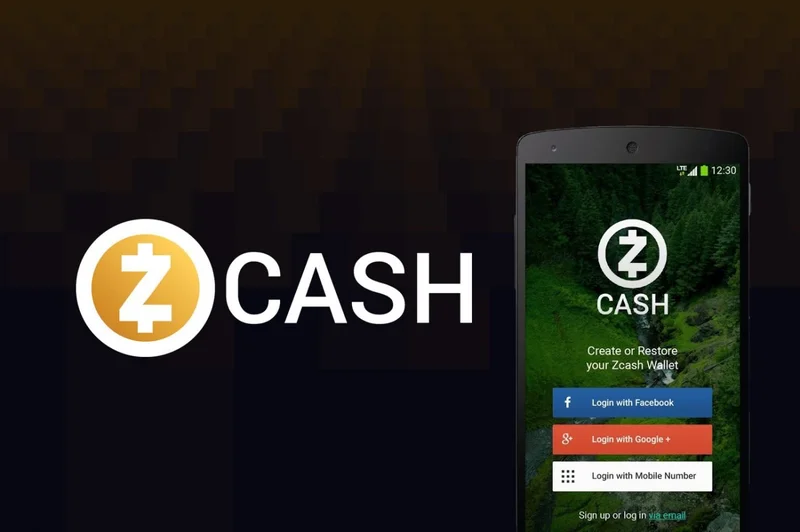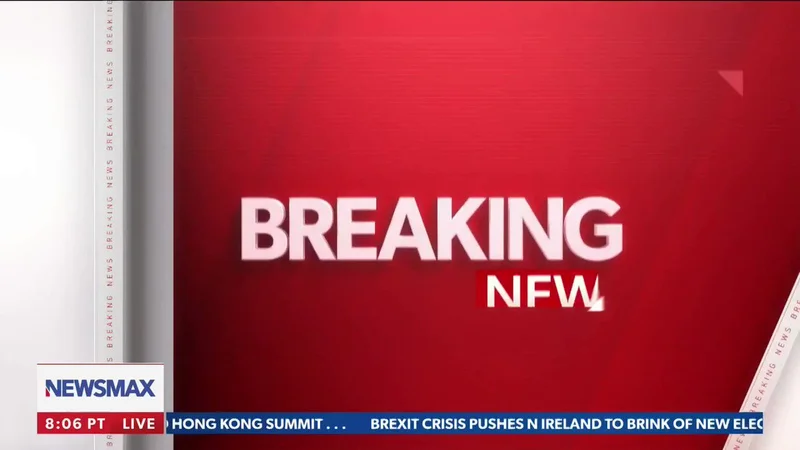Zcash's Price Surge: An Analysis of Its Price, Key Endorsements, and Future Outlook
Zcash's Violent Surge Isn't About Price. It's a Referendum on Crypto's Soul.
The numbers look like a glitch in the system. A cryptocurrency, Zcash (ZEC), largely dormant for years and hovering around $40, suddenly ignites. In five weeks, it rips upward by a factor of 10. In a single 24-hour period, it surges 33% to nearly $735, liquidating over $51 million in short positions and becoming the third-most volatile asset in the entire crypto market, trailing only Bitcoin and Ethereum.
This isn’t your typical retail-driven meme coin pump. The data suggests something far more fundamental is at play. This parabolic move appears to be a direct, quantifiable market reaction to a growing schism within the digital asset space—a battle between the industry’s cypherpunk origins and its increasingly corporate, regulated future. While the price action is grabbing headlines, the real story is what it represents: a flight to privacy that is becoming too significant to ignore.
The surge is an asset behaving like a barometer, measuring the rising pressure of a system grappling with its own identity. And right now, that barometer is signaling a storm.
The Anatomy of a Fear-Driven Rally
To understand the Zcash explosion, you have to look at the catalysts, which are less about technological breakthroughs and more about regulatory anxieties. The narrative began solidifying around growing concerns over Bitcoin’s perceived centralization, but the real accelerant was a legal decision. On a Thursday in November, Keonne Rodriguez, a developer behind the Bitcoin privacy application Samourai Wallet, was handed a five-year federal prison sentence. That sentence—the maximum possible—was for operating an unlicensed money transmitter.
The crypto industry saw the ruling for what it was: a shot across the bow for any developer working on privacy-enhancing tools. The market’s reaction was immediate and decisive. Capital didn’t just flee; it sought refuge. Zcash, as the largest privacy-focused token by market cap (with a current valuation around $11 billion), became the designated safe harbor.
This isn't just conjecture; you can see it in the liquidation data. The $51 million in annihilated short positions shows just how many traders were caught off guard, betting against an asset they viewed as a relic. They misread the environment. They saw a quiet chart; they missed the building fear.

Then came the institutional validation. News that Arthur Hayes Puts Zcash Right Behind Bitcoin in His Portfolio sent a powerful signal to the market. It framed the Zcash trade not as a frantic retail gamble, but as a calculated, long-term allocation by a prominent, and often prescient, market participant. The move telegraphed a simple thesis: privacy is becoming a non-negotiable, and the market for it is deeply undervalued. But is that the whole story? What does one do with a privacy asset once you have it?
A Bridge to Two Worlds
And this is the part of the analysis that I find genuinely fascinating. While the market screams for privacy, the most significant recent technological development involves making Zcash usable on Solana, one of the most transparent and performance-oriented public ledgers. Zenrock, a unified custody layer, has launched zenZEC, a "wrapped" version of Zcash, on the Solana network. This development, where Zcash Privacy Meets Solana DeFi with Zenrock’s Wrapped ZEC Crossing $15M in Volume, is a paradox in action.
The goal is to merge Zcash’s anonymity with Solana’s high-speed DeFi ecosystem. It’s an attempt to give a pure privacy asset real utility—letting holders use it as collateral, earn yield, and trade on decentralized exchanges for the first time in a meaningful way. The technology behind it, a decentralized multi-party computation (MPC) network, is designed to avoid single points of failure by splitting up the private key so no single party ever holds the whole thing. It’s a clever piece of engineering.
But let's look at the numbers. Since its debut, zenZEC has processed about $15 million in total trading volume. In the context of a multi-trillion dollar crypto market, that figure is a rounding error. However, to dismiss it would be a mistake. It’s a proof-of-concept, a signal that there's an appetite to use private assets within the public DeFi arena. It reflects a core tension: traders want the security of privacy but the returns of active capital.
This entire Zcash rally, which some data sources peg at a 16-fold increase—to be more exact, it's been a volatile run from the low $40s to over $700—is built on this dual narrative. It’s a hedge against a surveillance state and a bet on future DeFi integration. The question is whether those two ideas can coexist. Can an asset be both a private store of value and a transparent tool for high-frequency finance? The market seems to be pricing in the possibility that it can, but the on-chain data shows we are in the earliest, most speculative phase of that experiment.
An Asset in Search of a Mandate
Ultimately, the Zcash phenomenon is less about one token and more about the market casting a vote. The price surge is a vote of no-confidence in a purely transparent, corporate-friendly, and government-auditable crypto future. It's a massive premium being placed on the idea of financial privacy. But an idea is not a balance sheet. While the narrative is powerful, the utility remains nascent. The current valuation isn't based on cash flows or widespread adoption; it's a bet on a future that Zcash's own ecosystem is still racing to build. The speculation is real and quantifiable, but the utility that would justify it over the long term is still very much to be determined.
-

Warren Buffett's OXY Stock Play: The Latest Drama, Buffett's Angle, and Why You Shouldn't Believe the Hype
Solet'sgetthisstraight.Occide...
-

The Business of Plasma Donation: How the Process Works and Who the Key Players Are
Theterm"plasma"suffersfromas...
-

newsmax: What's going on?
[GeneratedTitle]:AreWeReallyS...
-

Mantra: A Quantitative Look at the Psychology and Actual Impact
AnAnalysisof'Mantra'asaFunct...
-

Bittensor: The Decentralized AI Vision and Why Wall Street is Suddenly Watching
Ofcourse.Hereisthefeatureart...
- Search
- Recently Published
-
- Dijon: Unpacking the Artist, His Vision, and the SNL Buzz
- Satoshi Nakamoto: Unraveling the Visionary, Defining 'Satoshi,' and Bitcoin's Future
- Cook County Treasurer: Property Tax Bills, Payments, & Why It's Such a Pain
- Allora: The Next Paradigm Shift and What It Means for Humanity
- IRS Relief Payment 2025: Will You Actually See a Direct Deposit?
- The Great Hamburger Collapse: The Real Reason They're Failing and Who's Next
- Nasdaq Composite Rises: What's Driving the Rally and Key Stock Movers
- Zcash's Price Surge: An Analysis of Its Price, Key Endorsements, and Future Outlook
- Pudgy Penguins: DreamWorks Partnership and Crypto Presale
- primerica: What we know so far
- Tag list
-
- carbon trading (2)
- Blockchain (11)
- Decentralization (5)
- Smart Contracts (4)
- Cryptocurrency (26)
- DeFi (5)
- Bitcoin (29)
- Trump (5)
- Ethereum (8)
- Pudgy Penguins (6)
- NFT (5)
- Solana (5)
- cryptocurrency (6)
- XRP (3)
- Airdrop (3)
- MicroStrategy (3)
- Stablecoin (3)
- Digital Assets (3)
- PENGU (3)
- Plasma (5)
- Zcash (6)
- Aster (4)
- investment advisor (4)
- crypto exchange binance (3)
- SX Network (3)
